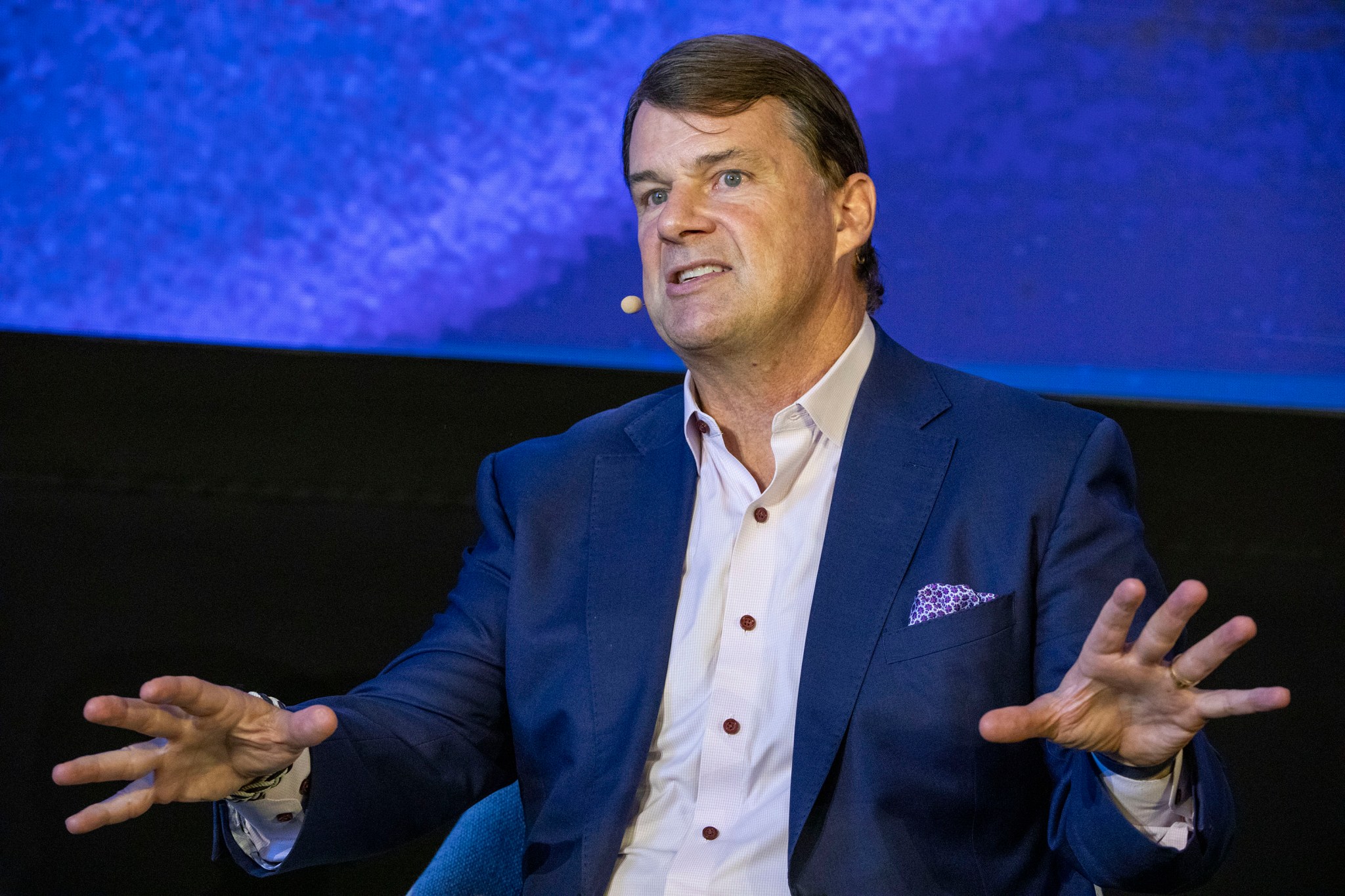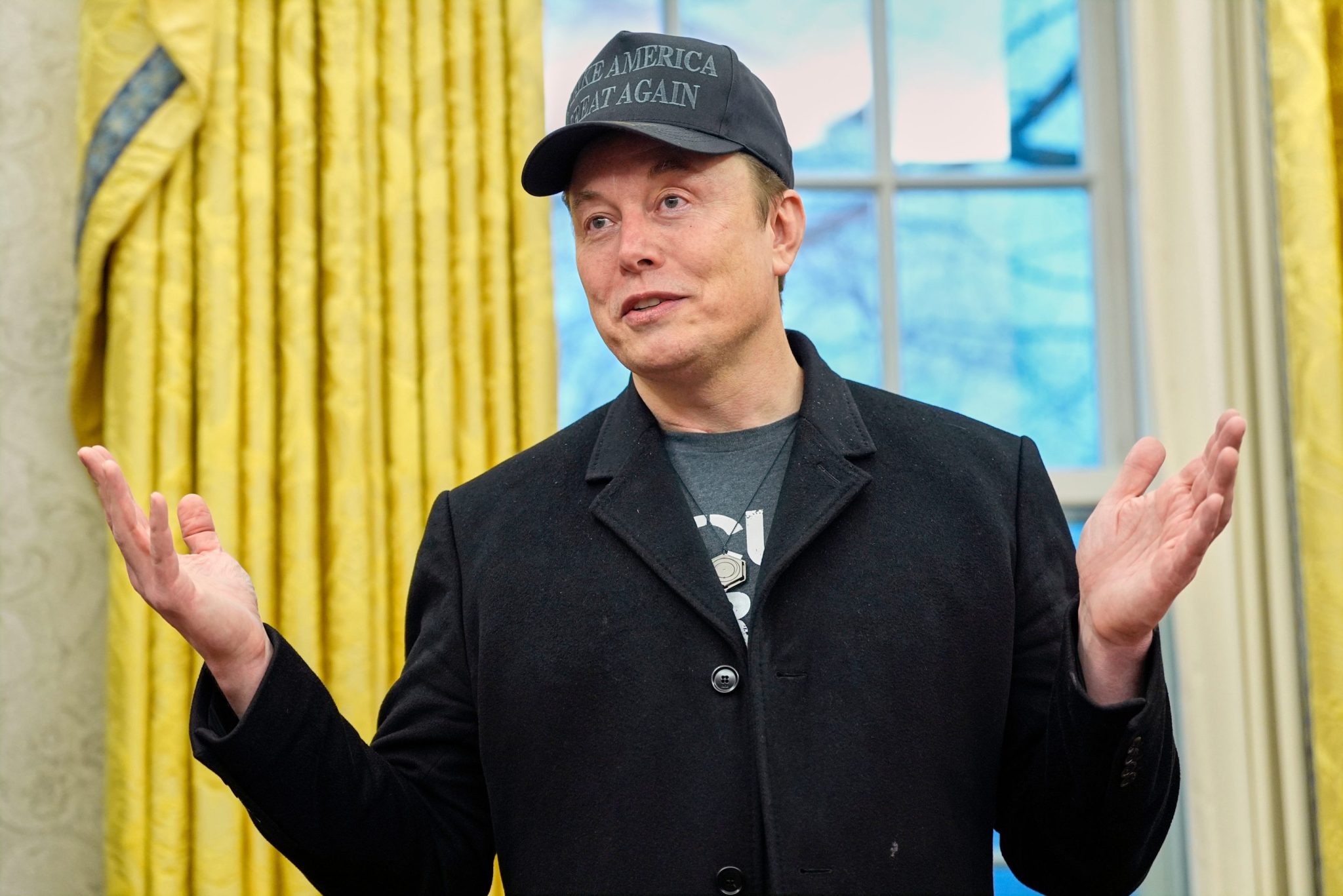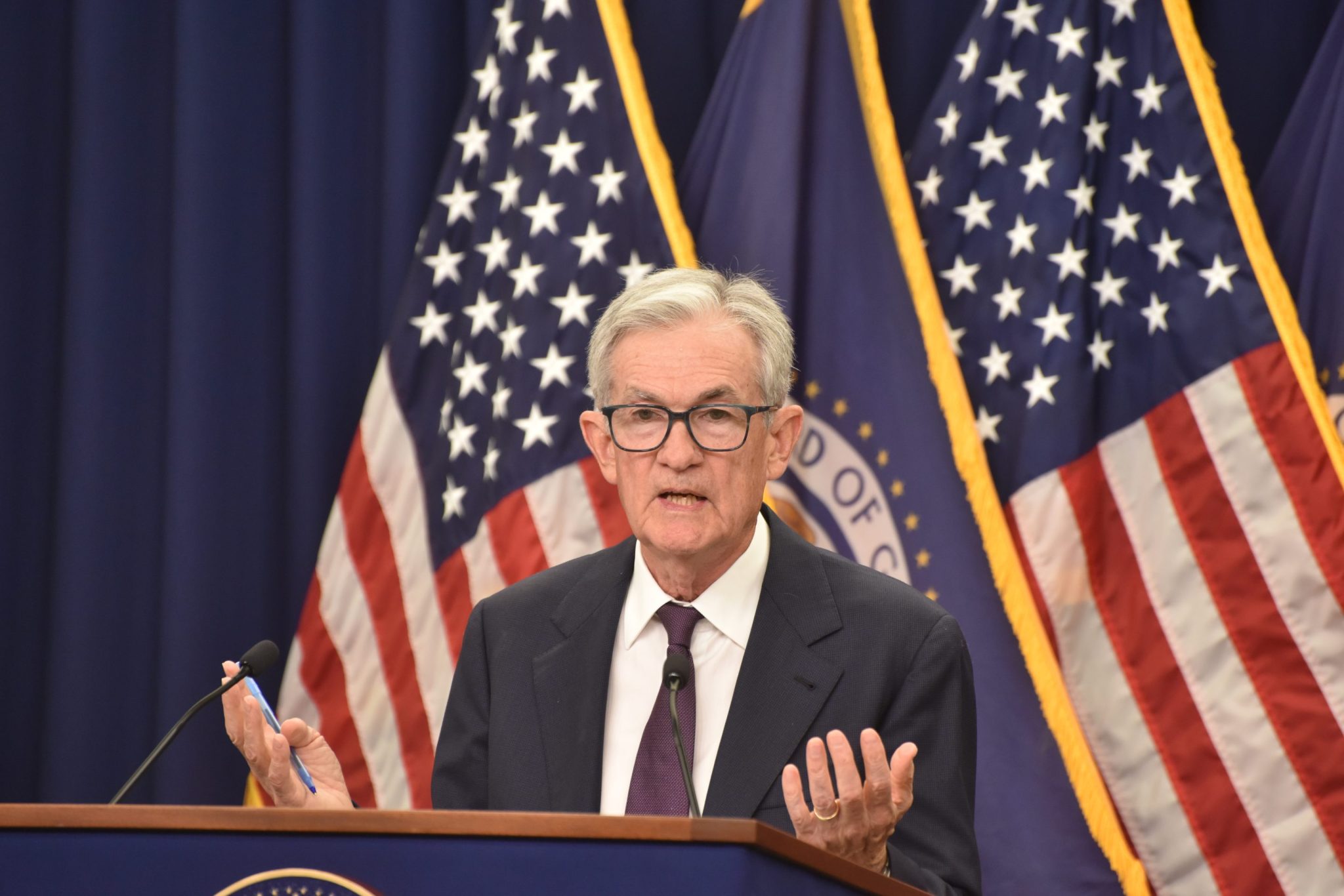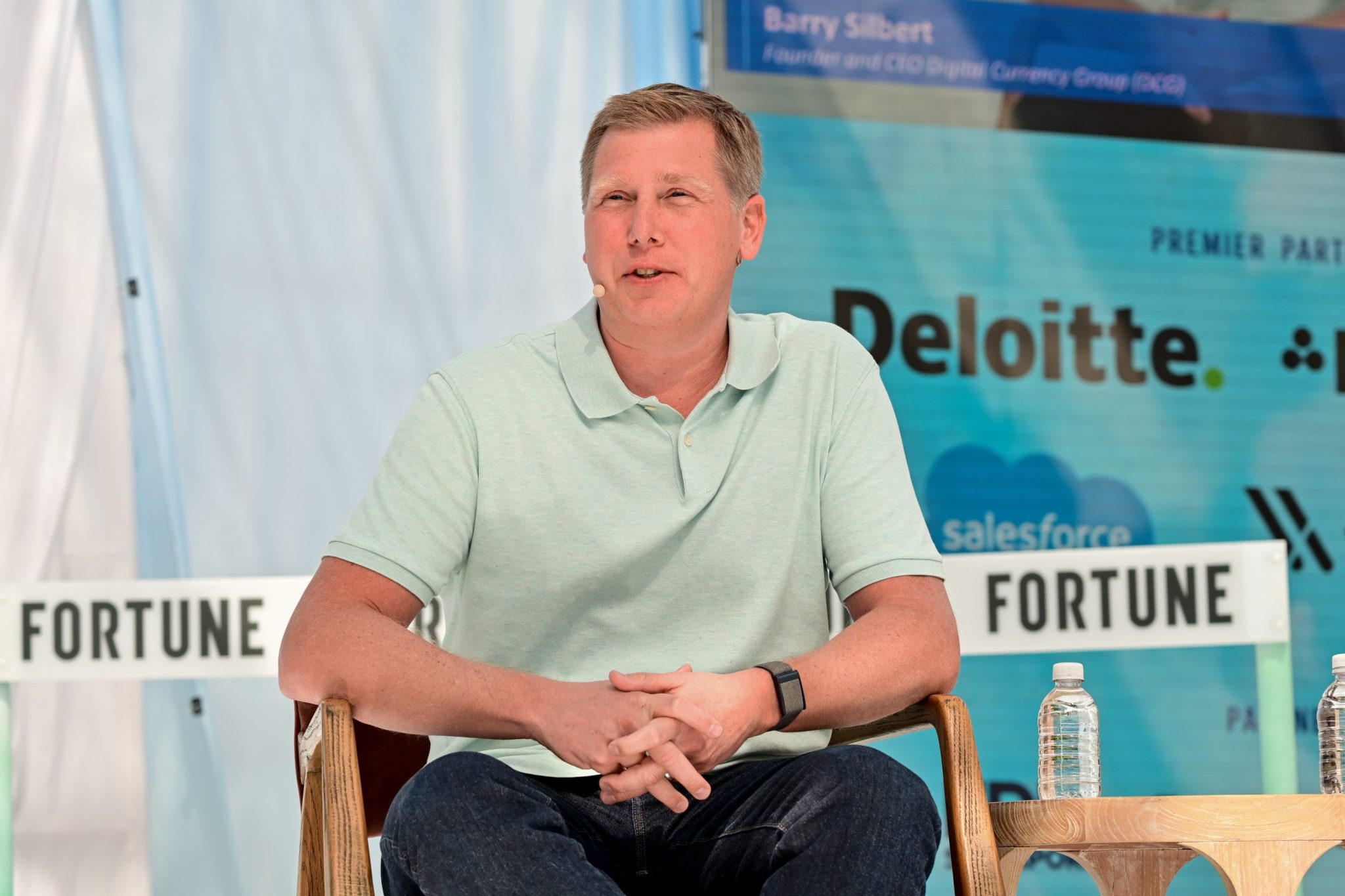
If you feel like the economy isn’t working for you, that’s because it probably isn’t. According to the latest analysis from Moody’s, the bottom 80% of earners have merely spent in line with inflation since the pandemic—it’s the top 20% which are driving the growth.
Moody’s chief economist Mark Zandi wrote the rating’s agency had updated its spending by income group data for Q2 2025, based on the Federal Reserve’s survey of consumer finance and financial accounts update.
Zandi’s analysis found the gap between very high earners, and low and middle-income earners, is increasingly diverging—especially since the last quarter of 2022.
“Looking at the data, it’s not a mystery why most Americans feel like the economy isn’t working for them,” Zandi wrote. “For those in the bottom 80% of the income distribution, those making less than approximately $175,000 a year, their spending has simply kept pace with inflation since the pandemic.”
“The 20% of households that make more have done much better, and those in the top 3.3% of the distribution have done much, much, much better.”
Working from a basis point of 100 (equivalent to spending levels in Q4 of 1999), Zandi’s work shows the top U.S. earners—those in the 96.6% to 100% category—have increased their spending to around 170 basis points.
Conversely, low and middle-income earners have increased their spending to around 120 basis points. That being said, the Consumer Price Index has followed an almost identical trajectory from Q420 to the most recent figures, meaning spending is merely in line with inflation.
This means, therefore, that any bottom-line growth to spending is coming from a very narrow group of people, meaning the prospects of the economy are “tethered” to the income and confidence among the nation’s wealthiest.
“The data also show that the U.S. economy is being largely powered by the well-to-do,” Zandi noted. “As long as they keep spending, the economy should avoid recession, but if they turn more cautious, for whatever reason, the economy has a big problem.”
The rich get richer
The health of the economy hinging on a minority may be a concern, but that worry is offset by the fact that the richest percentiles aren’t going to run out of cash to splash anytime soon.
According to the Fed’s distribution of wealth barometer, it is the rich who are getting significantly richer, and faster. For example, in Q1 2025 the bottom 50% percentile of the wealth ladder owned assets worth $4 trillion. That’s up from the start of last year, when their assets sat at $3.84 trillion.
Higher up the ladder, the wealth of the top 50% to 90% sat at $48.49 trillion in Q125, up from $47.02 trillion in the same quarter last year.
But it is in the top 10% where the wealth is really weighted: The 90% to 99% wealth cohort had assets totaling $58.38 trillion in the first quarter of this year, the top 99% to 99.9% owned $27.2 trillion, and the top 0.1% owned $22.19 trillion—more than five times the assets held by the bottom half of the wealth ladder combined.
And their wealth is also steadily growing: In Q1 2024 the 90% to 99% cohort owned $56.37 trillion in assets, the 99% to 99.9% owned $26.03 trillion and the top 0.1% owned $21.19 trillion.
But across the income spectrum, retail sales data shows consumers show no sign of slowing even as economic headwinds pile up. Weaker employment data and inflation also ticking up slightly higher might have concerned economists that consumers would pull back. Not so. The Commerce Department reported Tuesday that retail sales grew 0.6% in August, beating expectations, with core retail rales rising 0.7% and July staying unrevised at 0.5%.
The data was reassuring for economists. Tuan Nguyen, a U.S. Economist at RSM US, wrote in a note seen by Fortune: “The data reflected a strong back-to-school season, even as job growth revealed unexpected weakness in recent months. It’s the same old saying: Americans won’t stop spending until they can’t. While the labor market has softened, income growth and household balance sheets remain solid, supporting continued consumer demand.”
Nguyen did offer a note of caution—one which the Fed will also be mindful of at its meeting this week—which is that a sharp rise in spending over the past three months was driven by higher prices. Nguyen notes that inflation “likely accounted for as much as half of the gain.”
The expert added: “We also suspect that the recent spike in demand reflects another round of front-running tariffs, which could trigger a sharp pullback in September and October once tariff concerns resurface. The waters look calm for now, but we’re not at shore yet.”
Credit: Source link














